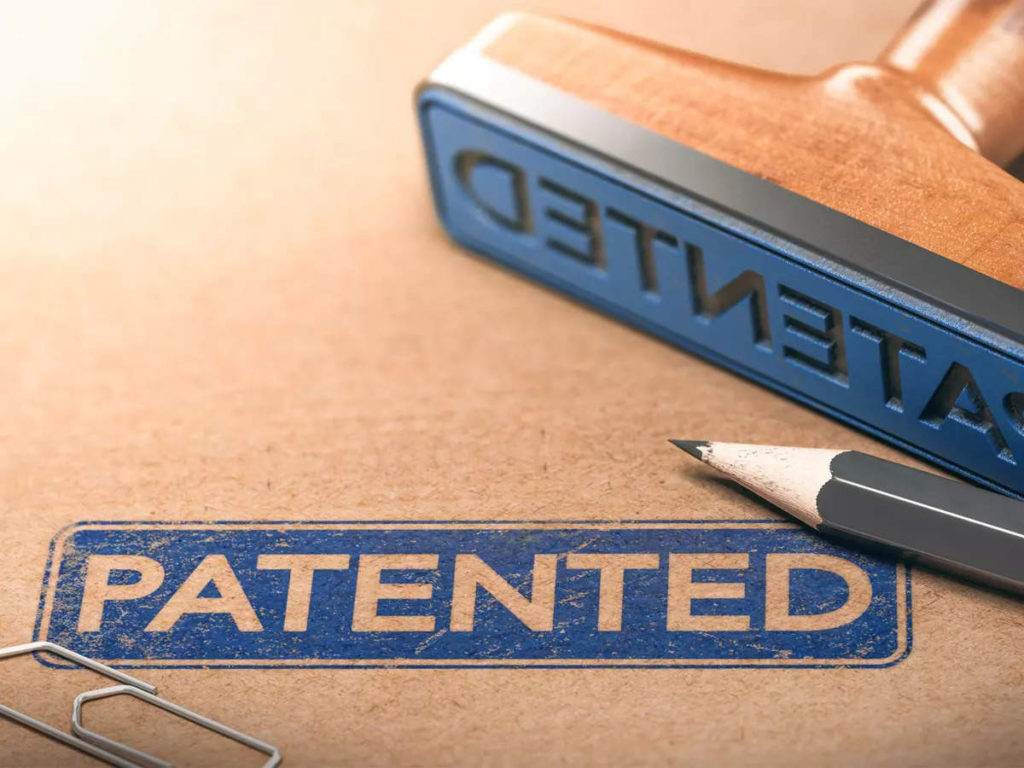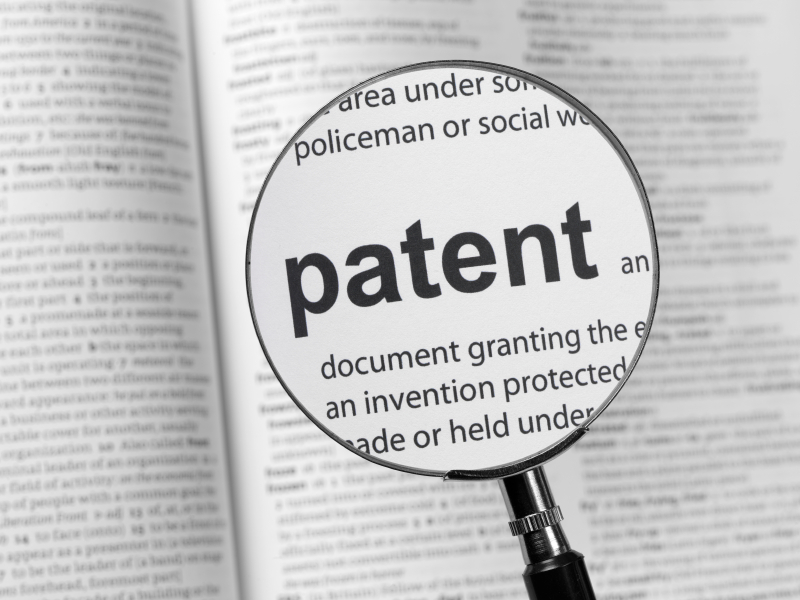This article discusses the patent registration requirements for inventors, including the novelty, non-obviousness, and industrial application requirements. The article also explains that if an inventor wants to pitch their invention to potential investors before filing a patent application, they should establish patent pendency. Patent pendency is a legal term which means that the inventor has an invention idea, but has yet to obtain patent protection. It is important to note that not all inventions are patentable inventions. In order to be eligible for patent protection, the invention must meet certain criteria under the Indian Patents Act, such as novelty and utility. Novelty means that the particular invention must not already exist in knowledge or public knowledge, and utility means that it must have a practical or industrial application. If these criteria are met, then an inventor may apply for a granted patent by filing an application with the USPTO or a trademark office in their state. When conducting an application with the USPTO, inventors should provide detailed information about their invention and its novelty and utility in scientific or technical matters. They should also provide evidence of obviousness and industrial application of their particular invention idea. The USPTO will then review the application to determine whether it meets all of its requirements for recognition as a granted patent.
To qualify for a patent, an invention must be novel and nonobvious in order to be granted. This means that the invention must not have been known or used by others before the patent applicant made it. Furthermore, the patent applicant must have made certain technical details of their invention publically available in a printed publication before they apply for a patent. Additionally, the invention must meet utility requirements in order to be granted a patent.
In order to register your patent, you must file a patent application and fulfil the other requirements needed to obtain a patent. Once the patent has been granted, it may be revoked if the inventor does not meet the criteria required for registration. For example, if an investor holds a potentially patentable invention but does not register it with a foreign country or treaty list (or another jurisdiction in which they wish to retain potential rights), they may find that their invention is no longer protected in that jurisdiction.

Ultimately, it is up to the court to decide whether an invention meets criteria for registration and protection. For investors, it is important to establish patent pendency in order to commercialise an invention. This means that a filed patent application must disclose its inventors and the invention itself. Establishing inventorship is crucial to protect inventors from having their ideas stolen if they ever pitch them publicly or submit them to a company. Filing for a patent within one year of disclosing an invention will trump any efforts by others who might be attempting to register the same idea. In some cases, there may be two types of patents granted, which depend on the receiving type and time period.
Generally, if an application is filed within one year of disclosing an invention, then a regular patent will be granted with protection for up to 20 years from the date of filing.
If you are looking for patent investors to cover the costs of filing your patent application, then it is important to make your invention idea attractive. Investors will want assurance that you will be able to use the invention idea and make a profit. A patent pendency can be established by filing a provisional patent application with the USPTO. This helps to fund your idea and makes it more attractive as a worthwhile investment when pitching your invention idea. It also gives legal protection and prevents other people from using your invention without your permission. When considering possible sources of funding, make sure you have enough money to pay for all the expenses associated with getting a patent such as attorney fees and USPTO fees. Doing so will ensure that you are protected and can reap the rewards of investing in a patented invention.
Patent registration requirements are an important part of the patent application process for any investor looking to protect and monetize an invention. The first step is to file a patent application, which must include a full specification disclosure of your invention and all claims associated with it. This disclosure must include enough detail to prove that the invention is new and novel, as well as explain the utility of the invention. After filing the application, a patentability review will determine if your invention meets the subject matter requirement for a utility patent. If so, then a patent will be issued.
Once you have been granted a patent, you may begin to sell or licence your invention. In order to do this legally, you must have permission from the holder of any claimed inventions that are used in or incorporated into your own invention.
Additionally, you must pay maintenance fees every few years in order to keep your patent valid and up-to-date. Patent protection requirements vary based on different types of inventions such as machines, manufactures or compositions of matter.
Generally, a granted patent lasts for 15 years from the date of issuance, while granted design patents last for 15 years from the date of issuance. Maintenance fees are required to keep a patent in force and must be paid at specific intervals throughout its term, which typically runs up to 12 months after the expiration date of the patent.

